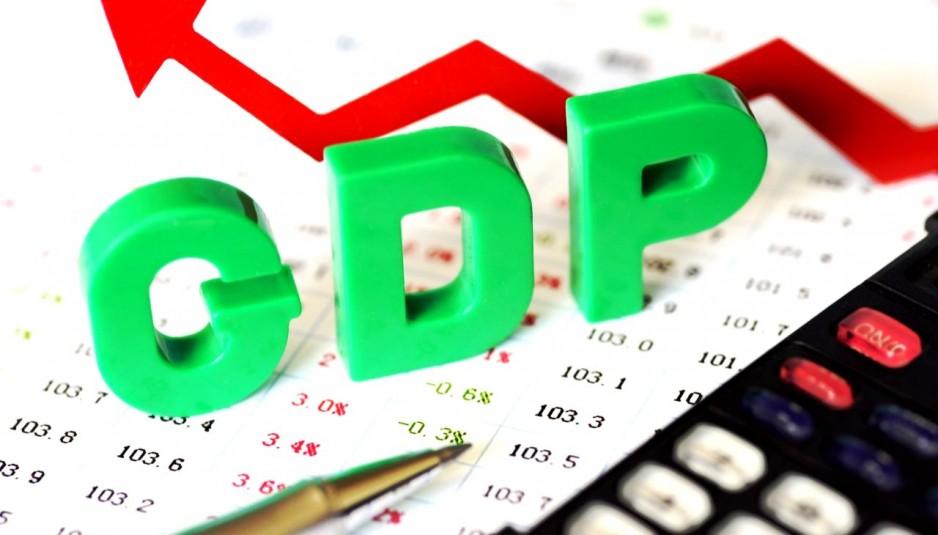Africa-Press – Eswatini. While the share of Manufacturing Value Added (MVA) to GDP has remained depressed over the last five years for many countries in the region, Eswatini has made significant strides in this regard.
According to the UNIDO 2021 data, the country recorded the highest MVA in the sub-region with 30.5 per cent followed by Lesotho with 18.5 per cent.
Making her remarks during the opening session of the Adhoc Expert Group Meeting (AEGM) held under the Theme ‘Greening Industrialization in Southern Africa through Digitalization, Infrastructure Development and Regional Integration:
Leveraging AfCFTA Implementation’ at the Centro de Conferencias Joaquim Chissano in Maputo, Mozambique yesterday, United Nations Economic Commission for Africa (ECA) Sub-regional Officer for Southern Africa (SRO-SA) Director Eunice Kamwendo said it was interesting to see mineral resource rich countries such as Angola, Botswana, Mozambique and Zambia all recording MVA of less than 10 per cent in 2021; while Mauritius, Malawi, Namibia, South Africa and Zimbabwe all recorded MVA of under 15 per cent.
noted
She noted that this state of affairs was attributed to the economic structure of the sub-region, which continues to be driven by high levels of commodity dependence, low levels of industrialisation (and even de-industrialisation in some cases), limited value chains, low levels of intra-regional trade, inadequate technological development and a scarcity of home-grown enterprises of all sizes to provide the much-needed resilience in the face of shocks.
Kamwendo mentioned that the economic resilience was the new currency given economic shocks brought about by covid-19 and most recently, the Russia/Ukraine crisis.
“Though devastating, the multiple crises we face today serve as a wake-up call for policy reforms that should trigger transformative shifts in the way we grow our economies for sustainable development.
“This would mean investing more in what others call ‘industries Without Smoke-stacks’, which include agro-industries, tourism and the service sector that generate more jobs while changing the structure of whole economies, providing an opportunity for inclusive economic transformation that would respond to the challenges of today and the future,” Kamwendo said.
She added that although African countries had polluted the environment less, they continued to bear the brunt of climate change effects, hence inaction was therefore not an option.
“Because of its geographic position, Mozambique is a centre piece to the climate change and energy transition puzzle in Southern Africa.
The impacts of climate change are most felt here – with most cyclones, floods and other related phenomena which often start from here and sweep across several countries in the region, destroying lives, livelihoods and infrastructure along the way. A song that has become all too common in recent times.
“And yet, with its many natural resources – hydropower, gas and potential for vast amounts of renewable energy sources – Mozambique also holds the promise to power green industrialisation for the region,” she said.
The director further stated that greening the region’s growth was a premium every nation must pay for a more sustainable future.
“Green is not just a colour but represents investments that carefully use the earth’s finite resources for improved lives and livelihoods.
“This is Southern Africa’s call to action,” she said
She stated that the Adhoc Expert Group Meeting would provide member states the platform to robustly engage on issues around green industrialisation with actionable policy recommendations to support evidence-based policy making and implementation in Southern Africa.
She said this would help in the provision of expert inputs, identify gaps and further insights in order to add value and enrich the report as well as strengthen policy recommendations to inform the finalisation of the report as a key outcome of this meeting.
“Many of you might ask why we are even talking about industrialisation, which many consider old school economics when other schools of thought seem to suggest that you can actually bypass industrialisation in the development process due to technological advancements and the Fourth Industrial Revolution.
“Perhaps we can do that but not without consequences,” she noted.
She added that no country has truly and sustainably developed without passing through the industrialisation process. She said this remained an important lever for growth, structural change and economic development.
“The question we should perhaps be asking is what kind of industrialisation should Southern Africa pursue given the lack of jobs, high levels of inequality and poverty as well as climate change effects that we face today,” she said.
She added that Member States in the sub-region were already committed to industrialisation through the SADC Industrialisation Strategy and Roadmap (2015-2063) and Action Plan (2016 -2030); and the COMESA Industrialisation Policy (2015 to 2030) and Strategy (2017 to 2026).
She further noted that industrialisation promoted economic diversification, structural transformation, creation of jobs while increasing resilience to shocks, which she said was good news.
“ This also provides opportunities for businesses to grow and upgrade along national, regional and global value chains – which in itself is good for trade and regional integration, particularly now with the AfCFTA.
“These facts (and good news) notwithstanding, the sub-region has not made significant progress towards realising its industrialisation objectives over the last decade,” Kamwendo closed.
For More News And Analysis About Eswatini Follow Africa-Press







